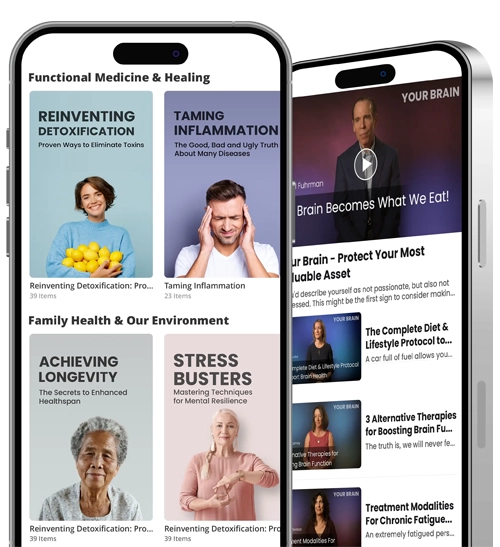Why You Should Never Hold Your Breath: Part II
Home
 Blog
Blog
 Health
Health
 Organs & Systems
Organs & Systems
 Respiratory System
Respiratory System
 Why You Should Never Hold Your Breath: Part II
Why You Should Never Hold Your Breath: Part II

Everyday Stress—It Takes Your Breath Away
Modern, unhealthy lifestyles focus on stress and its ominous presence instead of putting an equal amount of energy into emphasizing the positive that exists. Stress is so accepted in our society that it becomes a constant companion. The American Psychological Association has reported that adults believe their levels of stress are increasing. Furthermore, there is a large disconnect between the number of Americans who report understanding that stress can impact their health negatively (83%) and the number who actually do something to prevent it or manage/reduce it (29%).
Imagine this: you’re running late to work, knock something over and in the process spill your coffee on yourself. When you arrive, your boss sends you a borderline critical/threatening email.
Now, think of your breath pattern during those two very common experiences. Most likely, you are holding your breath or breathing shallowly into your chest. You may have unconsciously held your breath by merely reading about these stressful scenarios.
Over the course of a lifetime of spilled coffees and nasty emails, your digestive system and subsequently your immune system suffer. Shallow breathing:
- Inhibits your body’s ability to revivify, allowing chronic illness to replace the stress;
- Constricts the diaphragm’s range of motion by not allowing the lowest part of the lungs to fully inflate with air, causing you to feel short of breath and filled with anxiety instead of refreshed; and
- Impedes your body’s ability to achieve peristalsis, the normal rhythmic muscular action that encourages the intestines to push food down and outward.
Get FREE Access!
We are on a mission to change your life by providing you with curated science-backed health tips, nutrition advices and mouth-watering recipes. Sign up to receive your 3 starter gifts and get exclusive access to new weekly content for FREE:

Free eBook
to boost metabolism

4 Shopping Guides
for every diet

22 Free Recipes
to beat sugar addiction
 Subscribe now
Subscribe now
Your body is a solitary unit— no single system functions in isolation. Therefore, eating the right foods to heal your intestines should be accompanied by diaphragmatic breathing to fully promote proper nutrient absorption.
Kristen Linklater, vocal coach and founder of Linklater Voice Work, offers many exercises in her book Freeing the Natural Voice. The following exercise is a personal favorite that can help you realize the connection between your body and your breath.
Follow Your Breath Down to Your Belly
Imagine the only place your breath can go is in your mouth. Fill your mouth with breath, and then quickly let it go without collapsing your body.
Each in turn: Fill each area of your body with breath and then let it release. Notice the sensation of imagining breath in each space and the relief of suddenly letting it flow back out of you without holding your breath.
Fill your throat with breath
Your shoulders
Your upper chest
The space between your under arms
Your back below your shoulder blades
Your side ribs
Your waist
Your hips
Your hip sockets
Your legs
The space under your feet.
To learn more mindfulness tips, join ZONIA video streaming platform where you can find hundreds of videos, storytelling and guided audios for meditation, breathing or simply relaxation.

We created ZONIA because we believe that everyone deserves to be empowered with the education and tools to be healthy and happy. Zonia's original videos and personalized transformation programs by our health & wellness experts will help you achieve this mission. Click on the button below to get started today:






